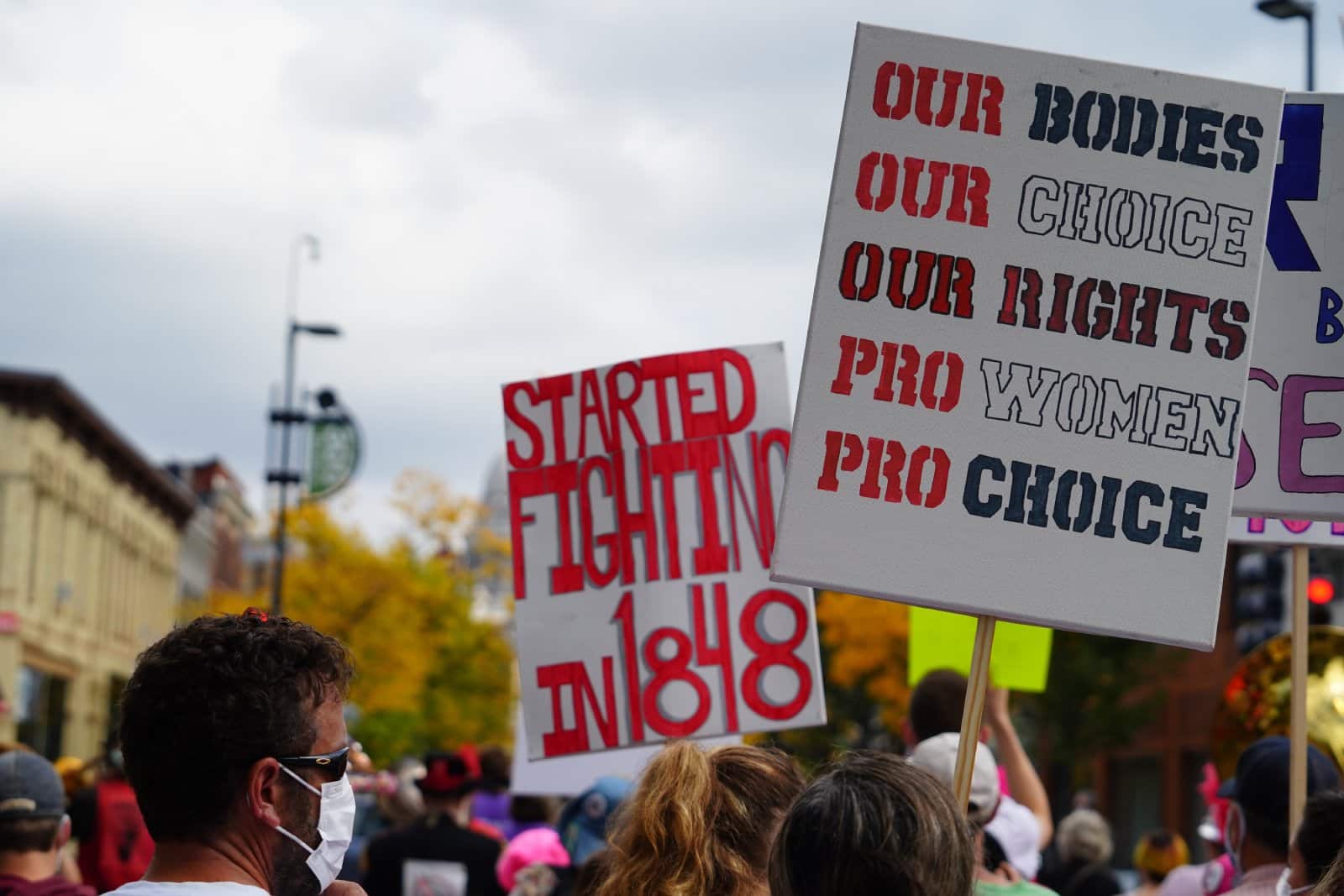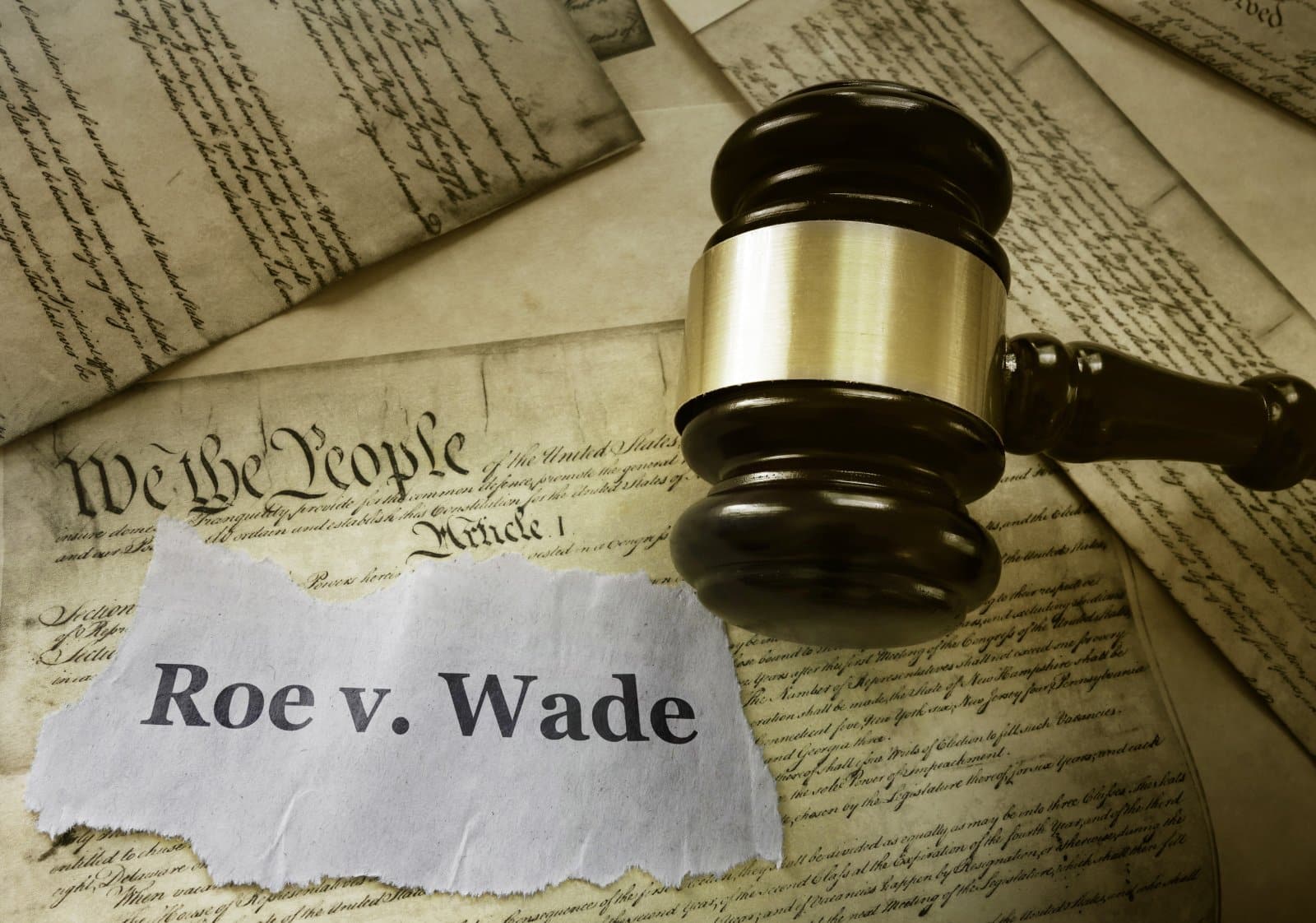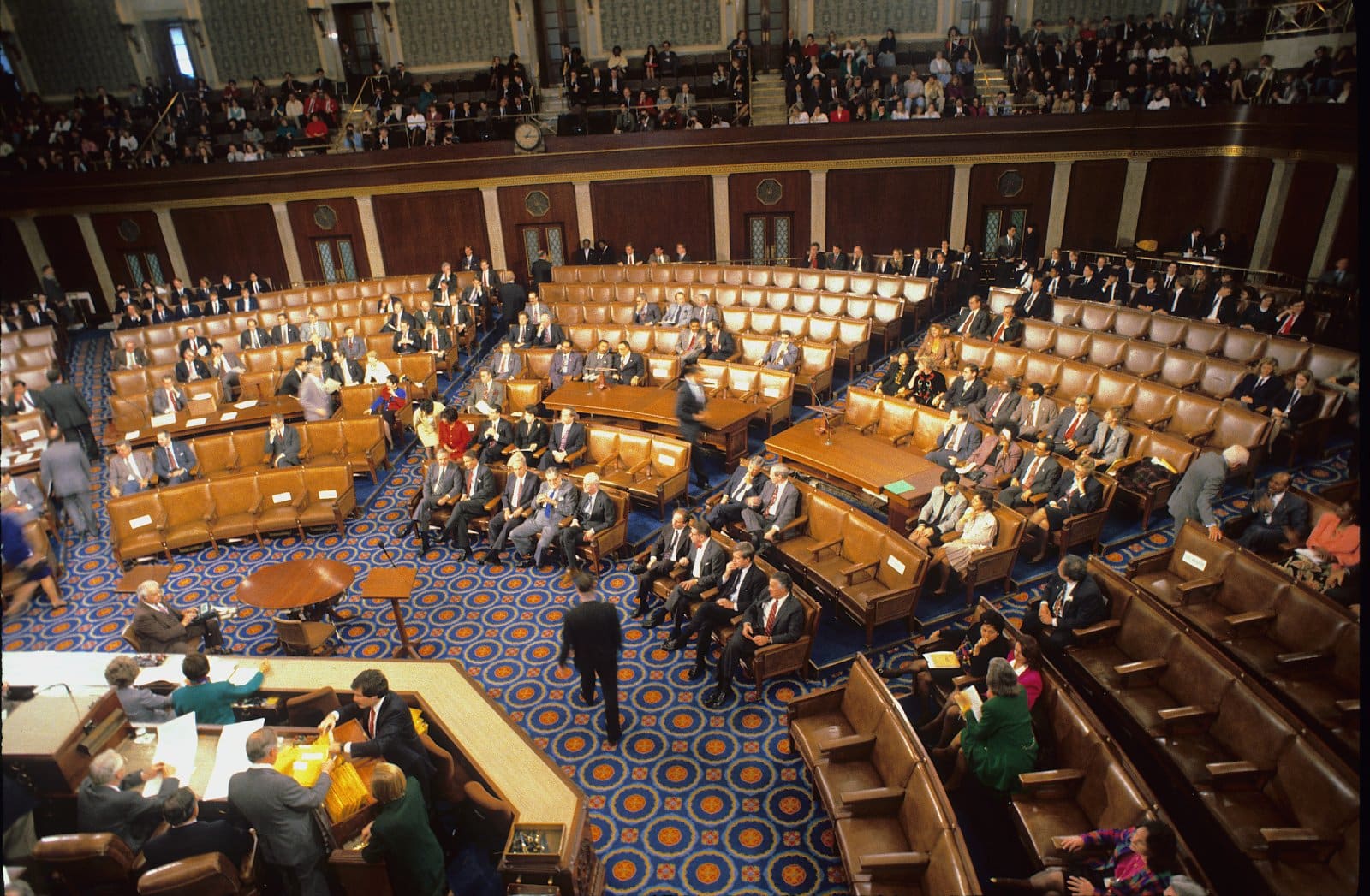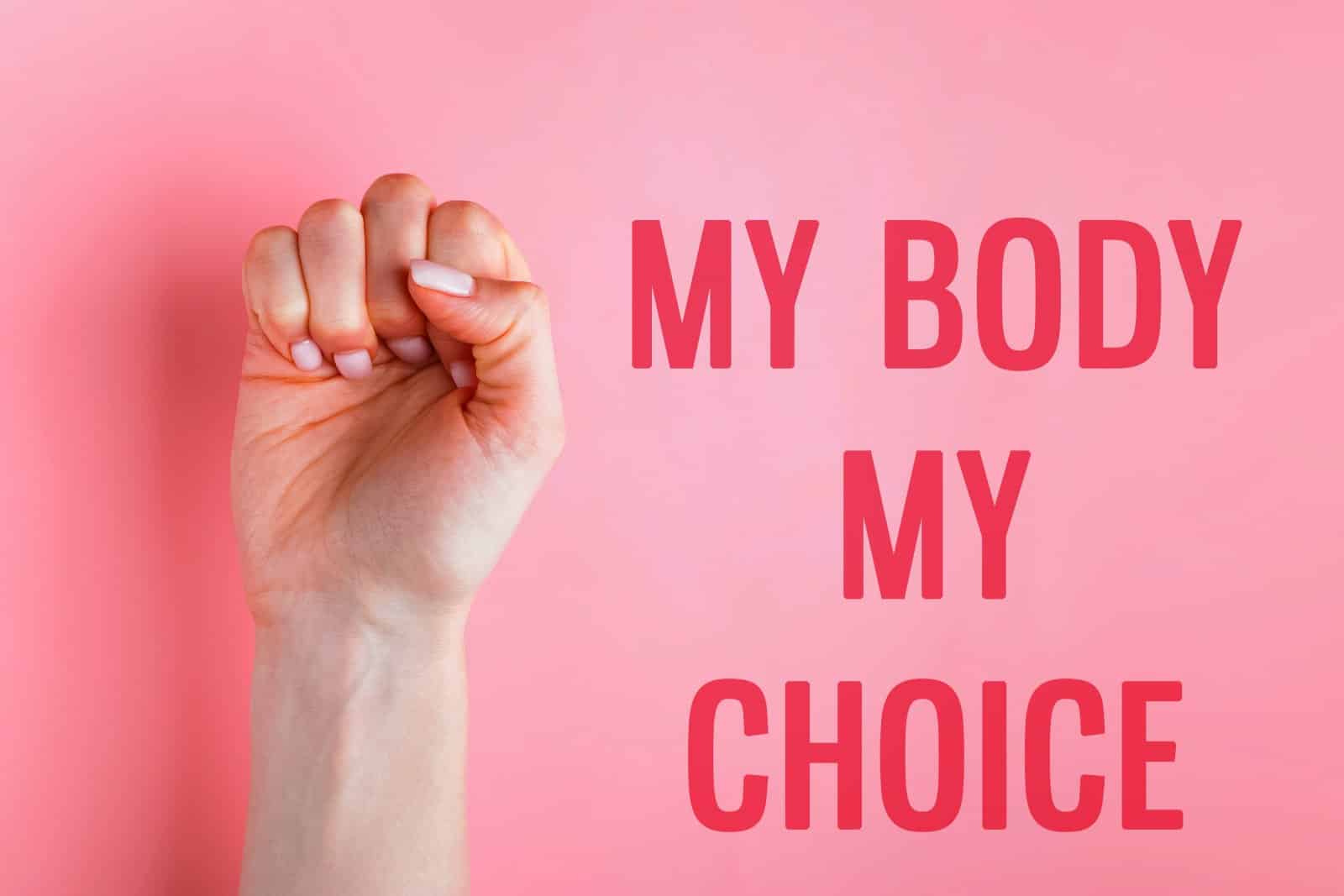Embark on a journey through the past century and witness the evolution of women’s rights unfold through ten pivotal milestones. From securing the right to vote to advocating for reproductive autonomy and gender equality on a global scale, these key moments have shaped the course of history and paved the way for progress in the ongoing struggle for women’s rights and empowerment.
#1. Women’s Suffrage

The ratification of the 19th Amendment to the United States Constitution in 1920 granted women the right to vote, marking a significant milestone in the fight for women’s suffrage.
#2. The Universal Declaration of Human Rights

Adopted by the United Nations General Assembly in 1948, this document affirmed the principle of equality between men and women and laid the groundwork for global efforts to advance women’s rights.
#3. Second-Wave Feminism

The feminist movement of the 1960s and 1970s focused on issues such as reproductive rights, workplace discrimination, and gender equality. This era saw the passage of key legislation, including the Civil Rights Act of 1964 and the Equal Pay Act of 1963 in the United States.
#4. Title IX

Enacted as part of the Education Amendments of 1972 in the United States, Title IX prohibits sex-based discrimination in federally funded education programs and activities, leading to increased opportunities for women in sports and academia.
#5. Roe v. Wade

The landmark Supreme Court decision in 1973 legalized abortion in the United States, affirming women’s reproductive rights and autonomy over their bodies.
#6. The Convention on the Elimination of All Forms of Discrimination Against Women (CEDAW)

Adopted by the United Nations General Assembly in 1979, CEDAW is often described as an international bill of rights for women, setting standards for gender equality and women’s rights worldwide.
#7. The Beijing Declaration and Platform for Action

Adopted at the Fourth World Conference on Women in 1995, this document outlined a comprehensive agenda for achieving gender equality and empowering women, addressing issues such as violence against women, economic empowerment, and political participation.
#8. The #MeToo Movement

Emerging in 2006 and gaining widespread attention in 2017, the #MeToo movement has shed light on the prevalence of sexual harassment and assault, sparking conversations about gender inequality and systemic misogyny in various sectors.
#9. Marriage Equality

The legalization of same-sex marriage in various countries around the world has expanded rights and recognition for LGBTQ+ individuals, including women in same-sex relationships.
#10. Advancements in Reproductive Rights

Access to contraception, reproductive healthcare, and family planning services has improved over the past century, enabling women to make informed choices about their reproductive health and future.
The post The Evolution of Women’s Rights: Key Milestones From the Past Century first appeared on Pulse of Pride.
Featured Image Credit: Shutterstock / Rawpixel.com.
For transparency, this content was partly developed with AI assistance and carefully curated by an experienced editor to be informative and ensure accuracy.

